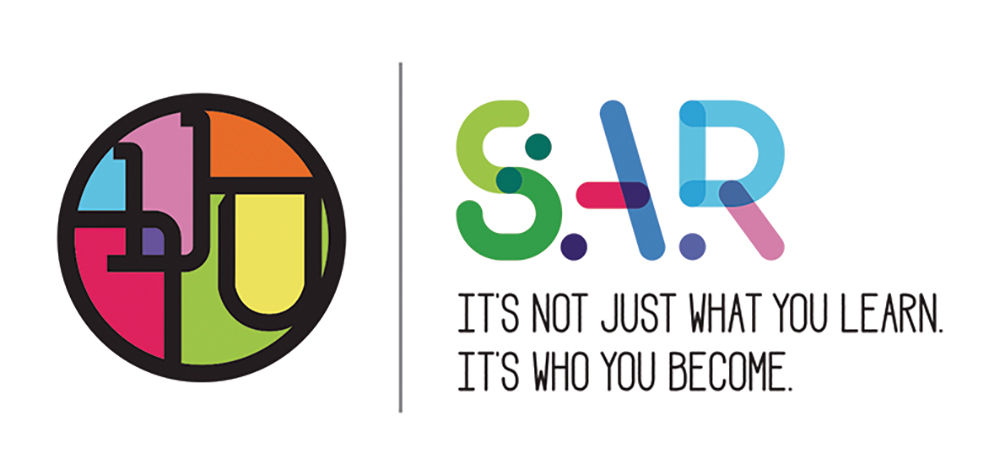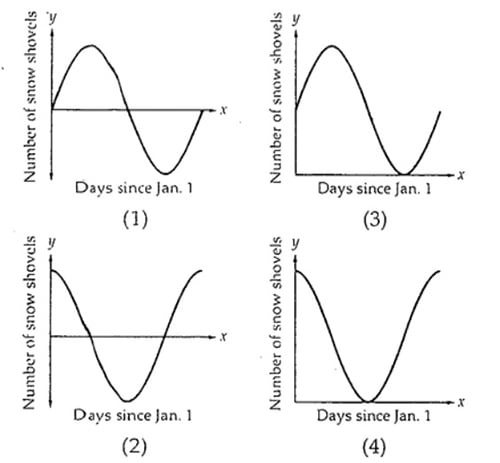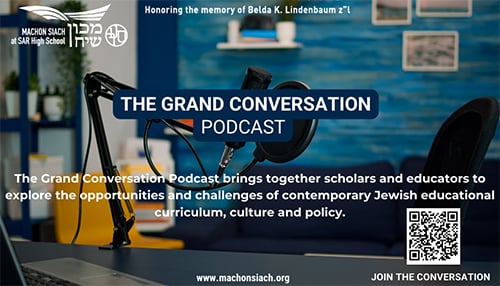
One of the pillars of learning Gemara is having a strong chavruta, which we loosely translate as “study partner.” But as anyone with a true chavruta relationship knows, a chavruta is much more than just someone with whom you work; he or she is a partner with whom you engage deeply in dialogue, analysis, and often argument. The goal of Gemara study isn’t just to get through the page but to wrestle with the text, question it and understand it on a profound level. The value is in the process of learning, not merely the outcome. This philosophy provides a valuable blueprint for collaborative learning in other subjects as well, including mathematics.
In my field of math education, group work is often seen as a way to practice skills or complete an assignment more efficiently. Many students, however, approach group work with a “get-it-done” mentality. Their focus is on completing the tasks rather than engaging in meaningful conversation or exploring the reasoning behind each problem. I believe this approach misses an opportunity for true intellectual growth. In my math classroom, I aim to change this dynamic by borrowing from the chavruta model, shifting the emphasis away from simply arriving at a correct answer and instead toward valuing process and discussion. This structure encourages students to explain their thought process and ideas to one another.
In many math classes, the teacher introduces a concept and then students work independently or in pairs to practice applying that concept. While independent practice can have its benefits, when students work in pairs without structured guidance, the potential for meaningful collaboration often goes unrealized. Students may complete the assignment without truly engaging with each other or the material. They may miss the opportunity to challenge assumptions, learn from one another’s perspectives and deepen their understanding.

Therefore, rather than simply breaking students into pairs to practice newly introduced concepts, I assign partner work with very intentional goals. The focus is not on completing a set of problems but on discussing them. My students are encouraged to engage in conversations about the problems, to ask questions and to explore alternative methods. In fact, the directions often explicitly state that the goal is not to finish the assignment but to explore it.
When we regroup as a class, students are asked to share specific aspects of their discussion. For example, I may ask them to share a disagreement they had with their partner or an insight that emerged from their conversation. By doing this, I am shifting the focus away from “getting the right answer” to valuing the process of critical thinking and exploration. The discussions themselves become the most important part of the exercise.
In my precalculus class, for example, we began the year with a unit on trigonometry, specifically analyzing sine and cosine graphs. We explored various real-world applications of sinusoidal curves, such as seasonal sales patterns, where sales follow a cyclical pattern, rising and falling over the course of a year. In one instance, we discussed the sales of ice cream, which tend to peak in the summer and decline in the winter.
During our chavruta work, we analyzed the sale of shovels over the course of a year. The cyclical nature of shovel sales presents a compelling real-world example of sinusoidal behavior. As students worked in their chavrutas, I overheard fascinating discussions: “How would the model change if this were in Australia?” “Can a sine and a cosine graph model the same scenario, or are they fundamentally different?” “What if we shift the graph by a few months to reflect changing seasons?” “Are we talking about snow shovels or sand shovels?” “What does a negative value on the graph represent?”
These are not the types of questions that typically arise when students are simply working through a set of practice problems. They emerged because the students were encouraged to think deeply, to engage with each other’s ideas, and to challenge one another. The students weren’t just solving a problem—they were exploring the mathematical models, understanding their limitations, and asking questions about the underlying assumptions.
When we reconvened as a class, I didn’t ask for the “right” answer. Instead, I asked each group to share some of the questions they discussed. This opened up rich class discussions, allowing students to see how different perspectives and questions can lead to a more nuanced understanding of the problem. The goal wasn’t to find the single best model for shovel sales; it was to engage with the questions and the thought process itself.
By emphasizing questioning and discussion, we foster a classroom culture that values inquiry over simple completion. This mirrors the chavruta process of the beit midrash, where deep understanding is achieved through argument, discussion and collaborative exploration. It also prepares students for real-world problem-solving, where the path to a solution is rarely straightforward, and multiple perspectives are valuable.
While my precalculus class may lend itself to deeper theoretical discussions, this method is adaptable across all levels of math. In algebra, students working in chavruta might discuss different applications of inequalities or explore how to simplify complex fractions. In geometry, they might debate the best approach to proving a theorem or analyzing the properties of shapes. The key is to structure the tasks in a way that encourages conversation, exploration, and intellectual curiosity.

Ultimately, the goal of using chavruta in math class—or in any class—is to emphasize that learning is not just about arriving at an answer but about engaging in the process of discovery. By framing group work in this way, we move beyond the typical “finish the assignment” mindset and create an environment where students learn from one another and deepen their understanding through collaboration. Just as in Gemara study, the questions and discussions are as important as the solutions themselves.
While working in chavruta, students develop critical thinking and communication skills, learning to construct logical arguments and present them clearly for others to understand. In doing so, we cultivate students who are not only proficient in solving math problems but who also become critical thinkers and active learners, capable of navigating complex problems both inside and outside the classroom.
Ms. Aviva Bukiet teaches math at SAR High School. Previously, she taught at Heschel High School and before that in the New York City public schools. She received her BS from New York University and MA from Touro College, both in math education.
About Machon Siach: Machon Siach was established in 2015 with a legacy gift from Marcel Lindenbaum, z”l, honoring the memory of his wife, Belda Kaufman Lindenbaum, z”l.









